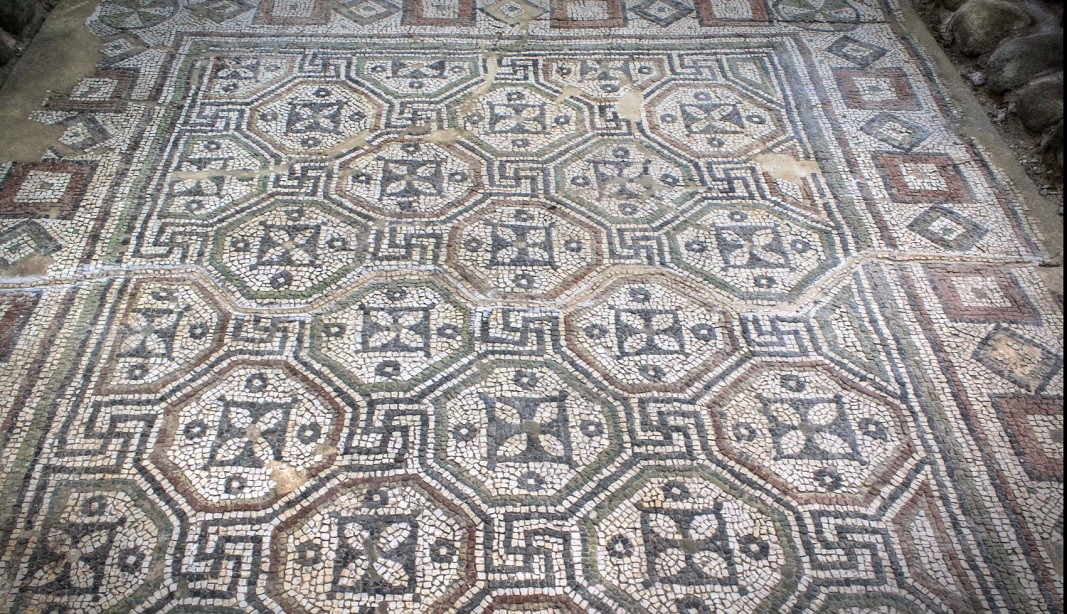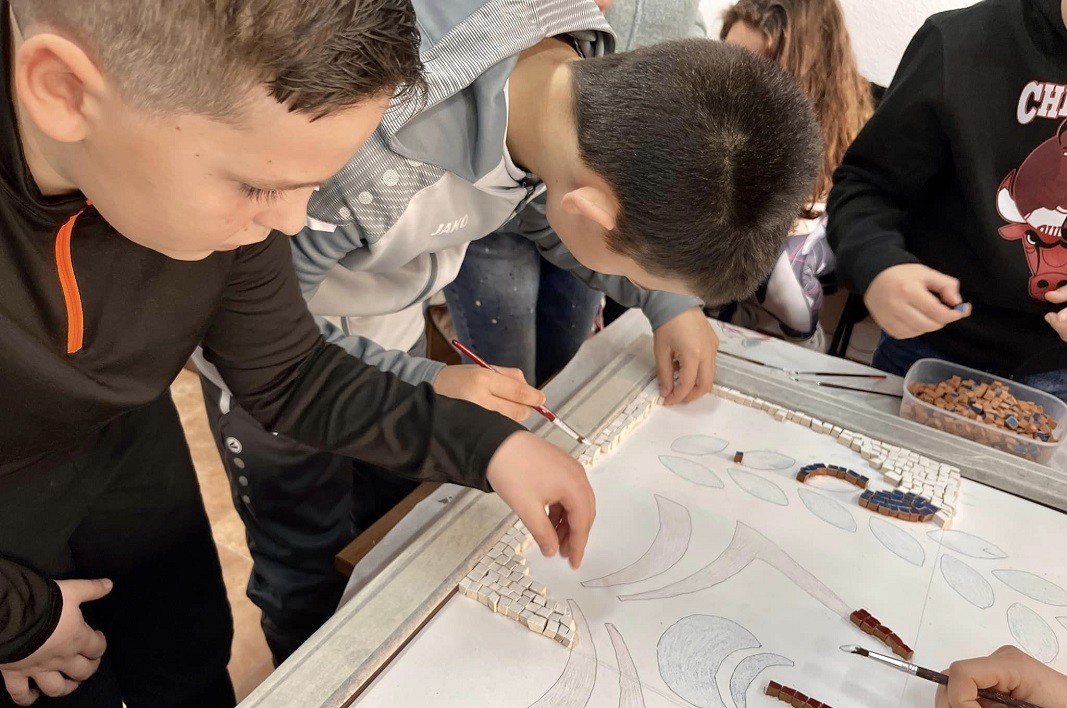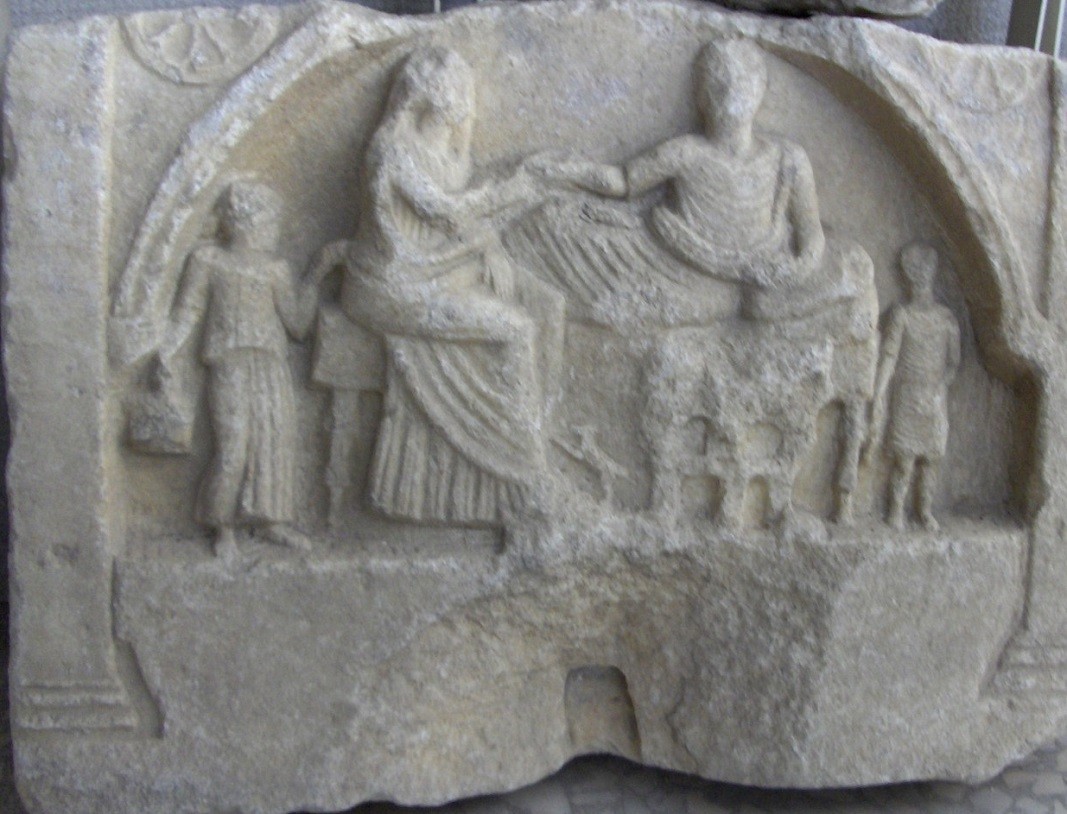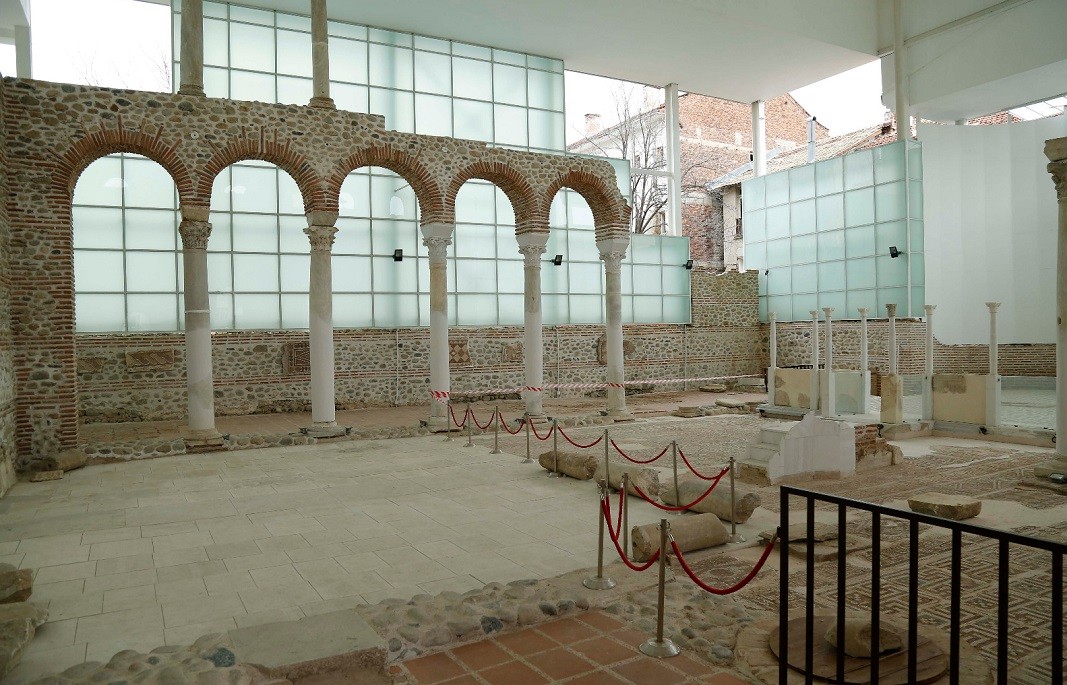 6
6
The Day of Bulgarian Archeology coincides with the feast of Trifon Zarezan (Saint Trifon’s Day) in the old style calendar - a great occasion to take you to one of the most developed wine regions in Bulgaria, and in particular to Sandanski, to talk about history and archaeology.
Sandanski is among the oldest towns in the Balkans, inhabited since the Bronze Age. Nowadays, the town is a pleasant spa and balneo resort with elite hotels, a spacious park, countless wineries offering typical local wine varieties and a unique interactive history museum. In the summer of 2021, the Archaeological Museum in the town celebrated its 85th anniversary. Today, the museum fund stores more than 11,000 artifacts, including a priceless collection of mosaics from the early Christian period (IV-VI centuries), we learn from the conversation of Bozhidar Lyubenov from the "Hristo Botev" program of the BNR with the curator of the museum, Antonia Kocheva. And more:

“The most interesting thing is that some of these exhibits were discovered by students, and more precisely through the museum-school-children symbiosis, which has been active since the creation of the museum,” says Kocheva. “Even the first building of the museum is within the former school. In the middle of 1944, the museum lost its building and the then-curator Nayden Nikolov began to move the exposition from private house to private house in order to preserve what was collected. But at the same time he enriched it. Nearly 70% of our fund was raised while he was the curator. In 1970, the museum already had its own building.”

The building is located in the centre of Sandanski, and its first floor is located on the foundations of an early Christian basilica from the 5th century - the basilica of Bishop John. Exhibits from prehistory and antiquity are exhibited here. The moment you open the front door and enter the museum, you find yourself amidst a world belonging to the 5th century AD. The museum is designed so that you have the feeling that you have entered a neighbourhood of an real ancient city, we learn from Antonia Kocheva. What can visitors see there?
"We wanted to place not many artifacts, but have each of them tell a story. That's why, for example, we don't have a showcase with only ceramics, but we made a showcase showing everyday life. In it you can see everything from the plates, spoons, jewelry that people wore, their lamps, so you get an idea of how these people lived. We also have such a showcase for crafts, etc. We have also paid great attention to the collections of tombstone marble sculpture, as these are unique works of ancient art, and we have the richest collection of tombstones in our country," says Kocheva.

Ceramics, jewelry and everyday objects, coins and tools and other samples of ancient life attract the attention of every guest from the very first minutes. At the entrance, visitors are greeted by a hologram of Spartacus and more surprising encounters with the past, aided by modern technology:
"Downstairs, on the first floor of the basilica, where there is a mosaic construction inscription, with the help of an augmented reality tablet, Bishop John, who built the basilica, appears. And he tells visitors what the basilica is like, what the city was like, you see rooms with the incredible mosaics, with augmented reality you also see the people who made the mosaics. They explain what tools they used, what their life was like, how they made them. The idea is to fully immerse you in that time," concludes Antonia Kocheva.

You can also read:
June 11, 2007 - US President George W. Bush Jr. visits Sofia. According to protocol, the press conference he held for the media took place among the exhibits of the National Archaeological Museum. The official lunch for the guest was later held at the..
On November 10, 1989, a plenum of the Central Committee of the Bulgarian Communist Party ousted its General Secretary and Chairman of the State Council, Todor Zhivkov. This marked the symbolic beginning of the transition from a one-party system to..
Archaeologists have explored a necropolis in the Kavatsi area near Sozopol. The perimeter in which it is located is part of the history of Apollonia Pontica and is dated to the 4th century BC. "This is a site with interesting burials in which a nuance..
105 years ago, on November 27, 1919, a treaty was signed in the Parisian suburb of Neuilly-sur-Seine, officially ending Bulgaria's..
The head of the statue of Tyche, the goddess of Philippopolis, has been discovered in the Episcopal Basilica in Plovdiv, said the head of the..

+359 2 9336 661
